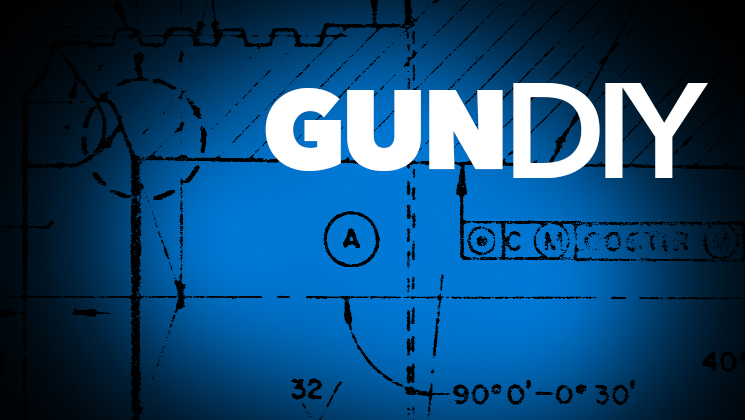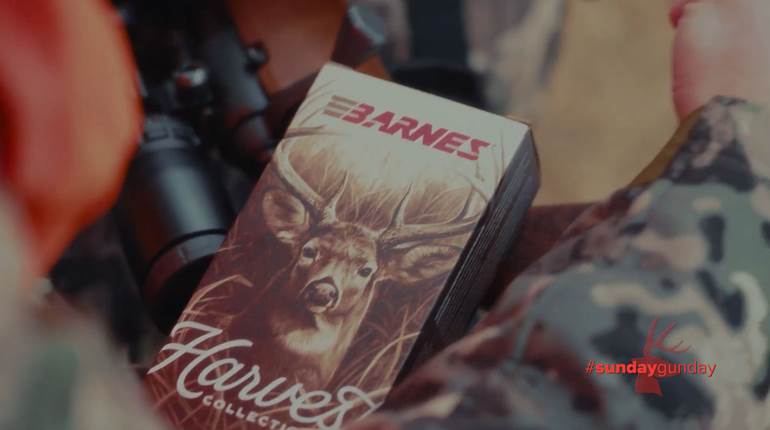
A common frustration encountered when setting up a scope on a firearm is the realization that those brand-new rings you just bought won’t clamp onto the rail on your gun. Without getting into the nuances of the Picatinny rail’s military-specified dimensions-developed to ensure that optics and other accessories will fit the various guns in use by troops in countries who adhere to that standard-simply remember that its cross slots are typically wider (0.206") than those on commercial Weaver-style rails (0.180").
So, a true Picatinny-spec ring’s recoil lug will likely be too wide to fit into a Weaver rail’s cross slot; but, since both rails’ outer profiles are usually close to the same dimension, Weaver rings will usually fit onto a Picatinny rail. This is all assuming, of course, that the maker of the rings and rails pays any attention to either set of specifications. Regardless, there will just be a bit more "slop" between the recoil lugs of Weaver-spec rings and a Picatinny rail’s slots than if the latter were fitted with Picatinny-spec rings.
And that brings up another point: When assembling the scope and rings onto the rail for the purpose of adjusting eye relief and making the horizontal and vertical stadia lines level and plumb, respectively, determine where you want the rings to be under the scope and go ahead and tighten their bases to their respective cross slots-first taking out all the play by pushing them as far toward the muzzle as possible. (That’s where recoil forces will tend to make them migrate anyway as the gun recoils.) Once the ring bases are snug, finish moving the scope fore and aft or leveling the reticle, then snug down the rings’ top caps.
Now, if the scope and rings move, they will do so as a unit, with the rings’ recoil lugs abutting the front of their cross slots simultaneously. That should ensure that, under recoil, they will share the load of recoil. It also makes re-attaching the scope to the rail a more consistent proposition, given that you remember to push it forward before tightening the clamping nuts or levers. This is especially useful when mounting and remounting an optic using quick-release rings, and it should become a habit.





































